How and how to plaster aerated concrete?

Any residential structure must retain heat well inside certain rooms. But some materials, on the contrary, quickly pass it due to their porous structure. These include aerated concrete blocks, from which small buildings are built. This building material is very popular because of its low weight, reasonable price and wide availability in the market. To get a good and durable home, aerated concrete walls should be properly plastered. Therefore, the choice of materials for such processing should be taken with the utmost seriousness and responsibility.

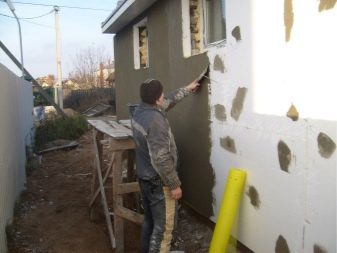
Material features
Aerated concrete is a porous building material that consists of foamed concrete. A feature of such blocks is the presence of open pores that are able to pass air and water well. This characteristic is not an advantage, since a lot of liquid will collect inside the aerated concrete walls at high humidity. Such a phenomenon will not only worsen the thermal insulation characteristics, but will also lead to the formation of ice in the cold season.
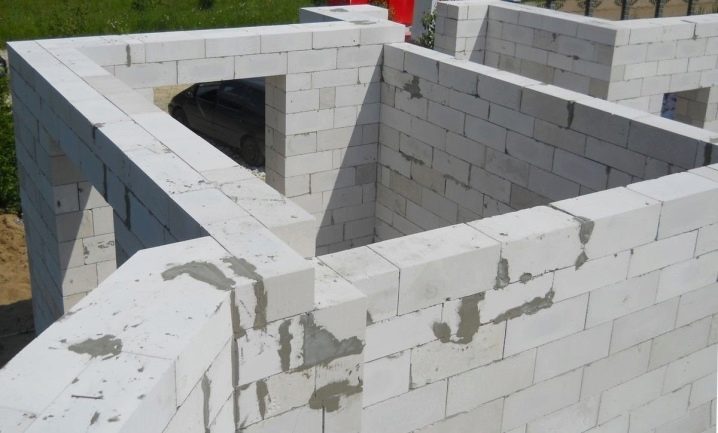
However, aerated concrete blocks have some advantages.
- The main components of aerated concrete are cement, lime, quartz sand, aluminum powder and water. All these products are completely safe for humans, therefore blocks of this type are completely environmentally friendly.
- Optimum balance of low weight and strength. Aerated concrete is able to withstand significant loads, but it is not recommended to use it for the construction of houses higher than 3 floors.
- The material does not conduct heat well. This allows you to maintain the temperature inside the building at the same predetermined level.
- The composition of aerated concrete blocks does not contribute to the growth of mold or mildew. This product is the optimal solution for the construction of small private houses.
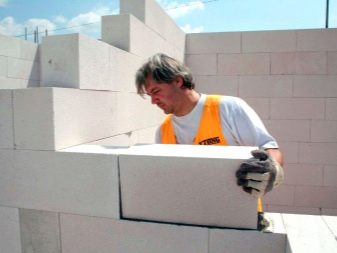
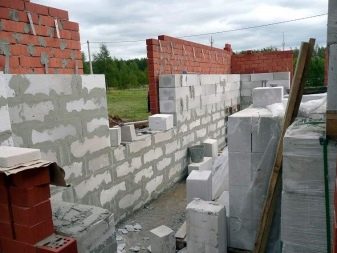
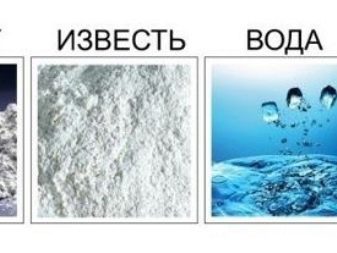
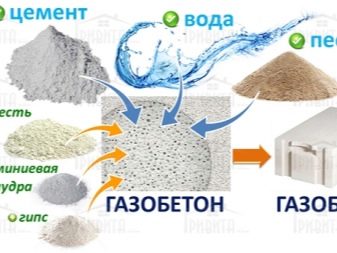
Aerated concrete is a unique building material, which must be properly and timely protected from moisture penetration.

Types of plaster
Plastering of aerated concrete walls is an obligatory stage of any construction work. But for such products, only special solutions should be used that will allow air to pass through and retain moisture.
Therefore, more and more often for plastering structures made of aerated concrete, several types of mixtures are used.
- Lime-cement mortars. This type of thin-layer mixtures was developed specifically for this material. After solidification, the solution passes steam very well. The coefficient of adhesion to the surface is one of the best among all types of plasters. Of the positive properties, one can note resistance to negative temperatures.
- Acrylic plasters. This breathable blend is both practical and sustainable. But the composition passes moisture well, therefore, before applying it, the walls of aerated concrete should be additionally covered with a waterproofing layer.
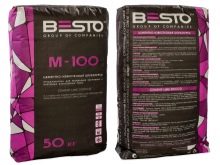
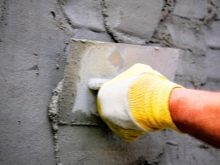

- Silicone compounds. This type of product is intended for indoor use. After application, the layer practically does not crack, which allows you to quickly and reliably protect the walls. The only drawback of the material can be considered the high cost on the market.
- Silicate solutions. They are obtained on the basis of various silicates that withstand well various physical and chemical stress.This type of plasters is one of the highest quality for outdoor use.
- Plaster mixes. The structure of the plaster is homogeneous, which makes it possible to obtain very even surfaces. But gypsum does not tolerate a humid environment, so it can only be used inside buildings where the humidity level is minimal. To increase adhesion with aerated concrete, the walls must first be impregnated with special primers.
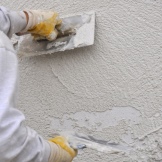
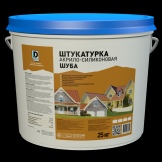
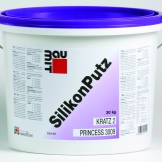

Please note that it is not recommended to use cement plasters for aerated concrete.
After hardening, the compositions form a dense structure that does not allow steam to pass through. Therefore, over time, it will accumulate inside the blocks, negatively affecting them.
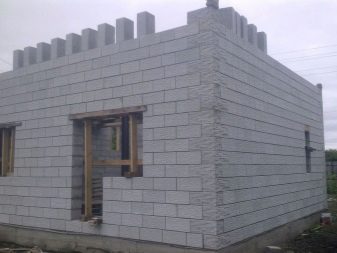

How to choose?
The modern market offers several types of plasters. All of these compounds differ in chemical structure and physical properties. It should be understood that each of such solutions is intended to solve only specific problems - there are no universal plasters for aerated concrete.
When choosing such compositions, several of their features should be evaluated.
- Vapor permeability coefficient. This indicator should exceed the same value of aerated concrete. This solution will allow the structure to breathe.
- Mixtures should be prepared using the minimum amount of water. This includes silicate or silicone compounds. Gypsum plaster, on the other hand, contains a significant amount of liquid, so it is not always an alternative option.
- Minimum and maximum thickness of the applied layer. With some mixtures, significant differences under the tiles can be leveled, while others allow you to create a thin and even decorative layer.
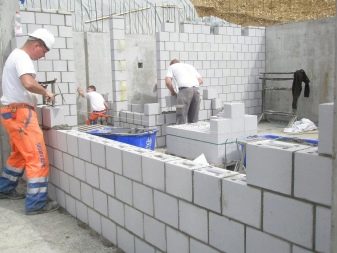
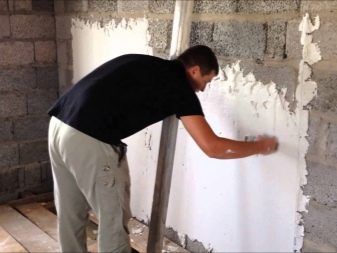
- Operating conditions. Often this step involves assessing the temperature, humidity and other characteristics that the plaster can withstand. Some varieties can be used in the bathroom, while others are suitable for outdoor use where there are sudden changes in temperature.
- Physical characteristics of the mixture. It is important to select formulations that do not dry quickly. This is necessary in order to qualitatively and evenly distribute them over the surface of aerated concrete. Pay attention also to whether the composition will crack after application in certain microclimatic conditions.
- Manufacturer and customer reviews. These characteristics are among the most important. You should not save on plaster for aerated concrete, since the durability of this material depends on it. Experts recommend giving preference to products from well-known companies that have already proven themselves in the market.
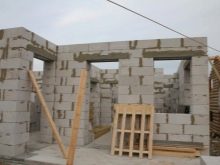
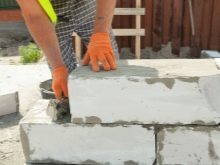
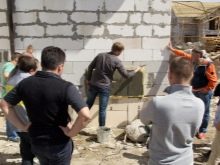
When is the best time to plaster?
The porous structure of aerated concrete assumes rapid absorption of moisture into the blocks. If the water freezes there, this can lead to rupture of pores and a decrease in the technical parameters of the material. Therefore, experts recommend plastering aerated concrete walls only in the warm season. It is important that at night during this time the temperature does not drop below 0 degrees. The optimal time period is considered to be the months: from March to September. But a specific time should be selected, focusing only on the air temperature and the climate in your region.
It is not recommended to start plastering the walls immediately after their construction - you need to allow the joint mortar in the joints to solidify.

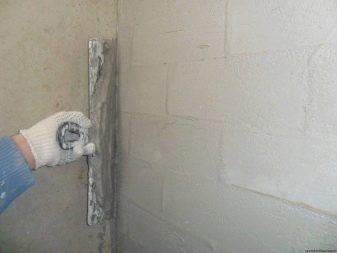
Please note that cement mixes dry much longer than special adhesives for aerated concrete.
Application technology
Plastering walls made of gas blocks is a mandatory step to improve their thermal insulation characteristics. But many are wondering which side it is better to start work from.
It should be noted that such operations are performed using several approaches.
- Internal processing. Many experts recommend starting to putty and plastering the gas block from the inside of the house - this will completely close all the pores and exclude the penetration of external moisture into the interior.
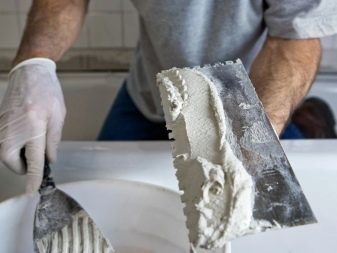
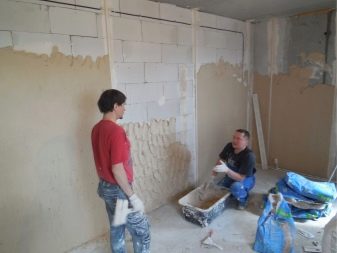
- External finishing. Also occurs, but not as often as internal. This option is preferable when the building is located near a lake or river. Such factors affect the humidity of the air and contribute to the rapid accumulation of water inside the walls. Therefore, in this case, it is necessary to prevent such a phenomenon. Please note: this is not always suitable for other conditions, since the walls will absorb liquid from the air inside the room. This, in turn, will increase the drying time.
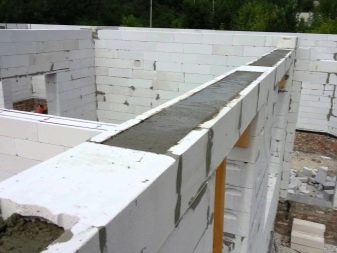
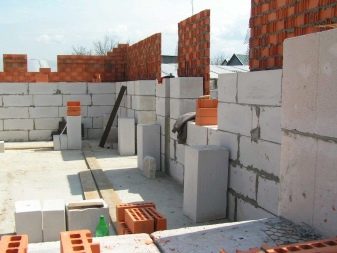
Inside the house
The interior decoration of walls made of aerated concrete involves the application of a mixture to obtain not only a smooth, but also a durable surface.
It is carried out according to the following algorithm.
- First of all, you need to qualitatively clean the surface of the gas blocks from dust, hardened bumps of glue, etc. After that, moisten the wall with a wet roller. When the surface is prepared, it is coated with primers. Many experts recommend using deep penetration mixtures for bathrooms. In turn, the corridor or toilet is treated with conventional and inexpensive compounds.
- To simplify the alignment procedure, beacons should be installed. You can buy them in the right amount in specialized stores. Please note that it will be difficult to level the wall without beacons and some experience. Fix these structures to the base using the same mortar that will be used as plaster. It is important here to align all the beacons in the same vertical plane.
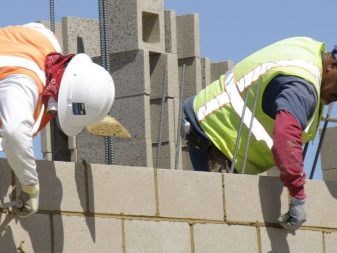
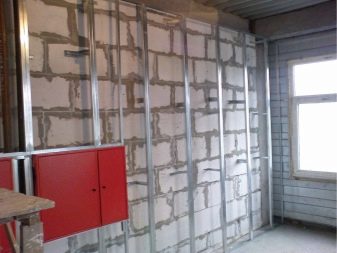
- The plaster is applied by sprinkling. If you have the opportunity, then you can use a special machine to spray the solution. It is important here to distribute the mixture in a layer of approximately the same thickness. If the thickness of the plaster is significant, then it is correct to apply it in several layers. Before each subsequent operation, the previously applied layer should be allowed to dry. Please note that after alignment, you need to remove the beacons and correctly fill their places with a solution.
- Finishing putty. This step is optional, as many walls are then simply covered with wallpaper or other decorative materials. For such a finish, you can already use special decorative solutions, which allow you to get not only a flat, but also a curly surface.
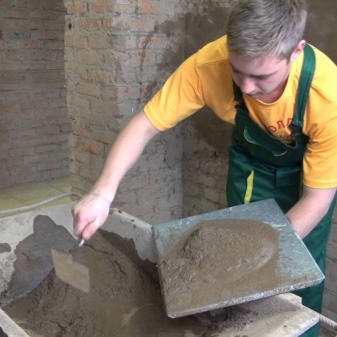
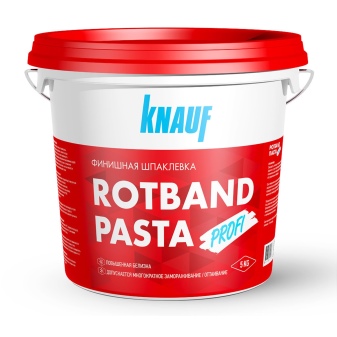
Outside
The exterior decoration technology is practically no different from the previously described algorithm.
External plastering has several distinctive features.
- The walls are additionally reinforced with mesh. To do this, use metal products made from wire 0.1 mm thick. You need to attach the mesh directly to the mortar. Therefore, the composition is first applied to the base, and then the material is pressed into it.
- You need to apply the plaster in several layers. After each finish, the solution must be allowed to dry completely, so the surface is not touched for 3-4 days. If rains are predicted at this time, then you need to protect the walls with plastic wrap. The first layer can be simply sketched out without leveling. The final layer is used to level the plane.
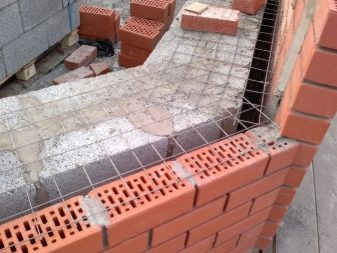

All other processes are completely similar to those that are carried out for interior decoration: priming, leveling and finishing.
After complete hardening, external walls can be painted, covered with decorative plaster, or simply covered with vinyl clapboard.
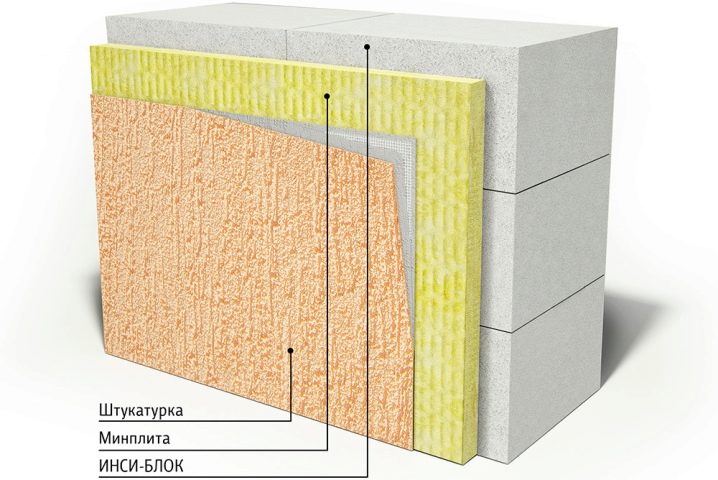
Useful Tips
The durability of aerated concrete walls primarily depends on their high-quality finish.
To get a high-quality and durable surface, you should be guided by several expert advice.
- Use only quality products to form the plaster. The mixture prepared with your own hands is not able to firmly adhere to the gas block.
- For dry rooms, ordinary drywall sheets can be an alternative to putty. They should be fixed to a pre-aligned wall and then decorated.
- The adhesion of the mixture also depends on the quality of the aerated concrete itself. Therefore, it is important to control this indicator even at the design stage of the house.
- Pay attention to the corners of the walls. To strengthen them, use special metal corners that can increase the strength characteristics of the frame.
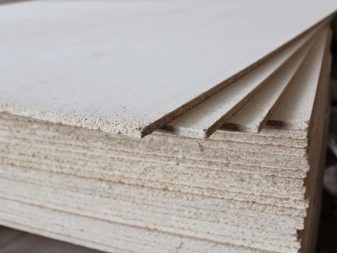
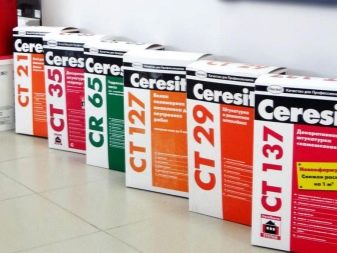
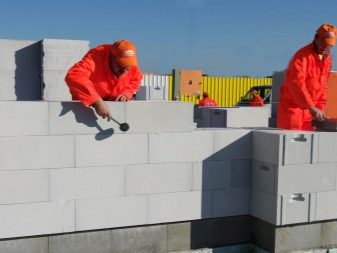
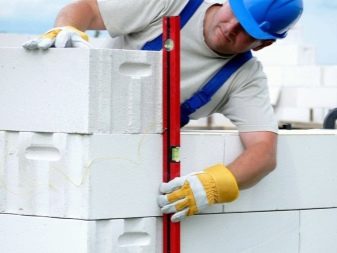
Aerated concrete is a unique building material that needs high-quality finishing and protection. Therefore, plastering should be carried out in accordance with all modern technologies using only proven and safe materials for human health.
For information on how to properly plaster aerated concrete, see the next video.













The comment was sent successfully.